Step outside on a summer evening and you’ll be greeted by an orchestra of chirps, buzzes, and clicks that most people dismiss as background noise. But what if I told you that dismissing these sounds means missing out on one of nature’s most sophisticated communication systems? Every single chirp carries meaning, every buzz tells a story, and every click serves a purpose that’s far more complex than we ever imagined.
The Hidden Language Right Under Our Noses

We humans pride ourselves on our complex languages, yet we’re completely oblivious to the intricate conversations happening all around us. Insects have been perfecting their communication systems for over 400 million years, developing methods so refined that they put our modern technology to shame. The cricket outside your window isn’t just making random noise – it’s broadcasting detailed information about its location, health, and romantic intentions with surgical precision.
What’s truly mind-blowing is that these tiny creatures can convey information about weather patterns, food sources, and even danger levels through their acoustic signals. They’re essentially running a 24/7 news network that we’ve been tuning out our entire lives. Scientists are only now beginning to crack the code of this ancient communication system, and what they’re discovering is reshaping our understanding of animal intelligence.
Why Our Ears Are Tuned Out

The human ear is basically a specialized tool designed for human conversation, not insect chatter. We’re optimized to hear frequencies between 20 Hz and 20,000 Hz, but many insects communicate well outside this range. Some cicadas produce sounds at frequencies that would make our ears ring, while others whisper in ultrasonic frequencies we can’t even detect.
Our brains also filter out repetitive sounds as unimportant background noise. This evolutionary adaptation helped our ancestors focus on potential threats while ignoring the constant rustle of leaves or flowing water. Unfortunately, this same filtering system causes us to miss the rich tapestry of insect communication happening right in front of us.
The Cricket’s Love Songs We Never Hear
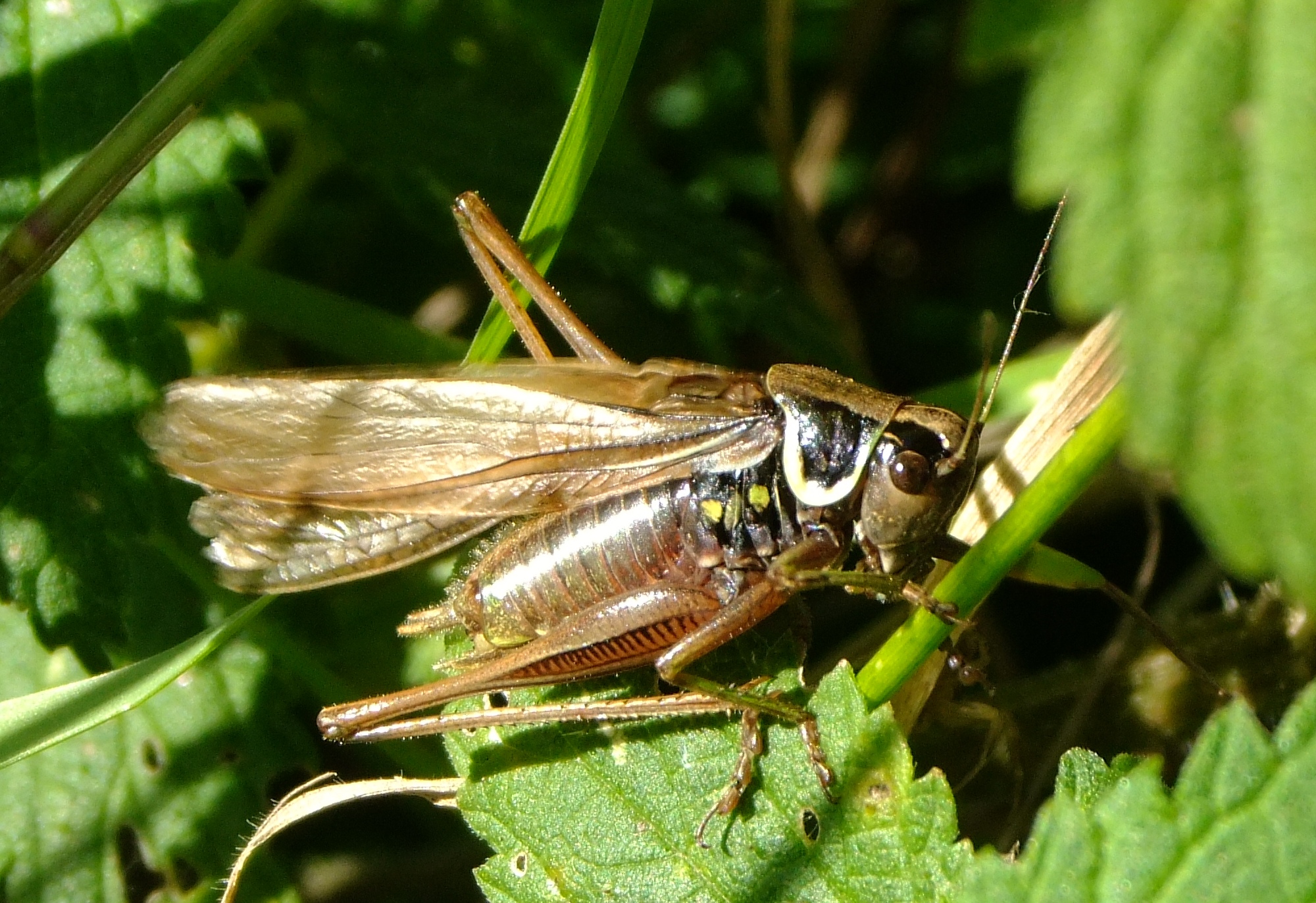
Male crickets are perhaps nature’s most persistent musicians, but their songs aren’t just mindless noise. Each species has its own unique rhythm, tempo, and frequency pattern that functions like a musical fingerprint. A female cricket can identify not just the species of a potential mate, but also his size, health, and genetic quality just by listening to his song.
Temperature plays a crucial role in cricket communication too. These insects are living thermometers, adjusting their chirping rate based on ambient temperature. You can actually calculate the temperature in Fahrenheit by counting cricket chirps for 14 seconds and adding 40. This temperature-dependent communication ensures that only the most robust males can maintain their songs in challenging conditions.
Bee Buzz: The Ultimate Information Highway
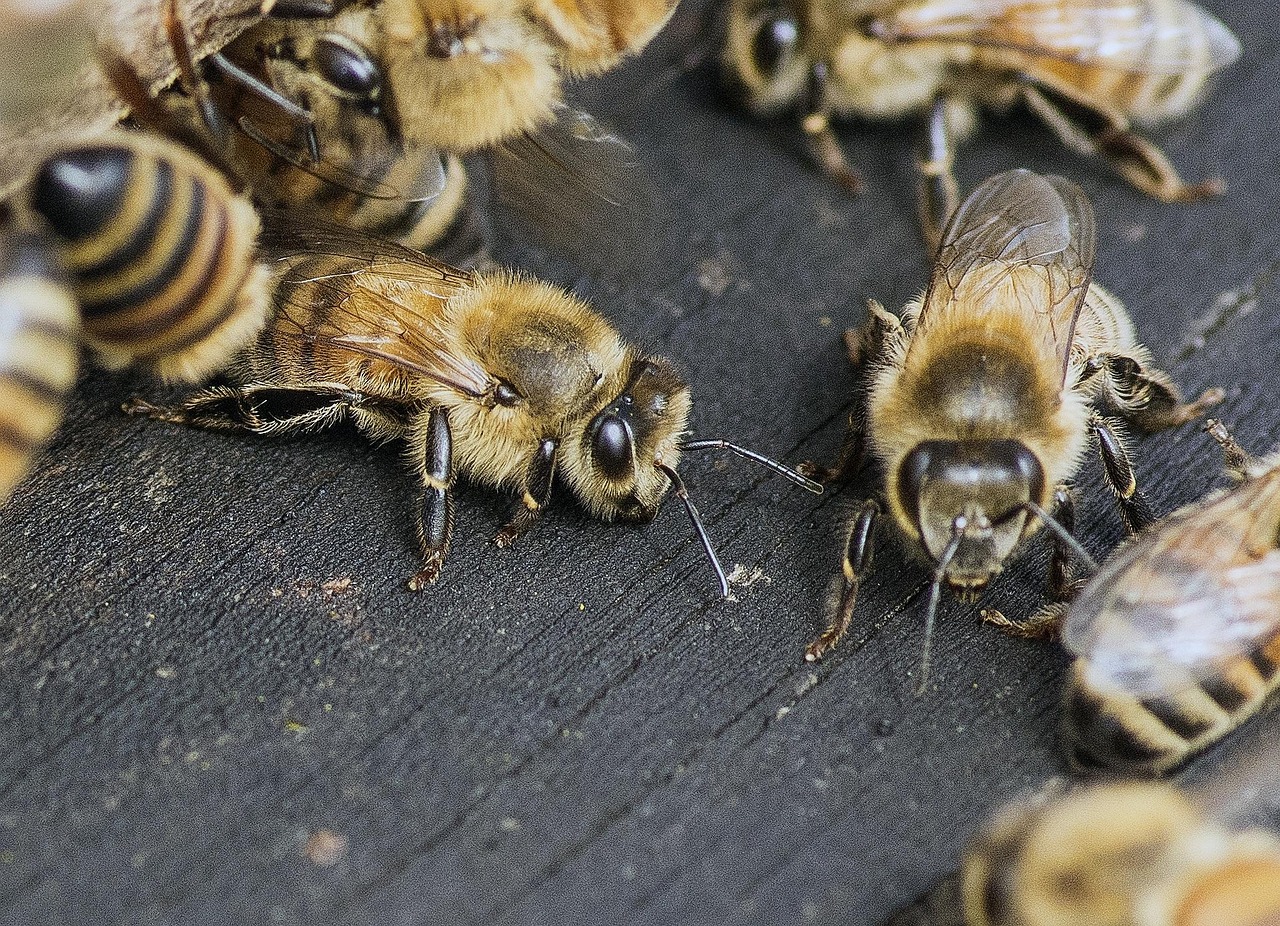
Honeybees have created what might be the most sophisticated communication system in the animal kingdom, and it’s all happening through vibrations and sounds we barely notice. The famous waggle dance is just the visual component – the real magic happens in the buzzing frequencies that accompany each dance. These vibrations carry detailed GPS coordinates to food sources, complete with distance measurements and quality ratings.
Different types of bee buzzes convey completely different messages. A foraging bee’s flight buzz differs dramatically from an alarm buzz, which differs from the buzz of a bee preparing to swarm. Worker bees can even produce “stop signals” – brief bursts of sound that tell other bees to halt their activities immediately. It’s like they’re running a sophisticated air traffic control system using only sound.
Cicada Choruses: Nature’s Loudest Secrets

Cicadas hold the record for being the loudest insects on Earth, with some species producing sounds that reach 120 decibels – louder than a chainsaw. But this isn’t just showing off; it’s a carefully orchestrated communication strategy that’s taken millions of years to perfect. Male cicadas synchronize their calls to create choruses that can be heard from miles away, essentially creating a massive dating advertisement that broadcasts across entire ecosystems.
The timing of cicada emergences is also a form of communication across generations. Periodical cicadas emerge in 13 or 17-year cycles, prime numbers that help them avoid predators with shorter life cycles. This mathematical precision in their life cycle timing represents a form of temporal communication that spans decades.
Mosquito Mating Calls in Flight
Even mosquitoes, those tiny vampires we love to hate, have a sophisticated acoustic communication system. Male and female mosquitoes actually duet in flight, matching their wingbeat frequencies to create harmonic convergence. When their flight tones align perfectly, it signals reproductive compatibility and triggers mating behavior.
This acoustic matching is so precise that scientists have discovered they can disrupt mosquito mating by introducing competing frequencies. It’s like jamming their radio signals, which opens up fascinating possibilities for pest control that doesn’t rely on harmful chemicals. The mosquito’s annoying buzz suddenly becomes a potential tool for controlling disease vectors.
Butterfly Whispers We Can’t Detect

Butterflies seem like silent, graceful dancers, but they’re actually engaged in constant acoustic communication that happens beyond our hearing range. Many butterfly species produce ultrasonic clicks using specialized wing structures, creating sounds that serve as both mating calls and territorial warnings. These delicate creatures are essentially having loud conversations that we’re completely deaf to.
Some butterfly species have evolved to communicate through substrate vibrations, drumming their wings or bodies against leaves and branches. These vibrations travel through plant structures like a natural telephone system, allowing butterflies to communicate across distances without revealing their location to predators. It’s a stealth communication network that operates right under our noses.
Ant Highways of Chemical and Sound Signals
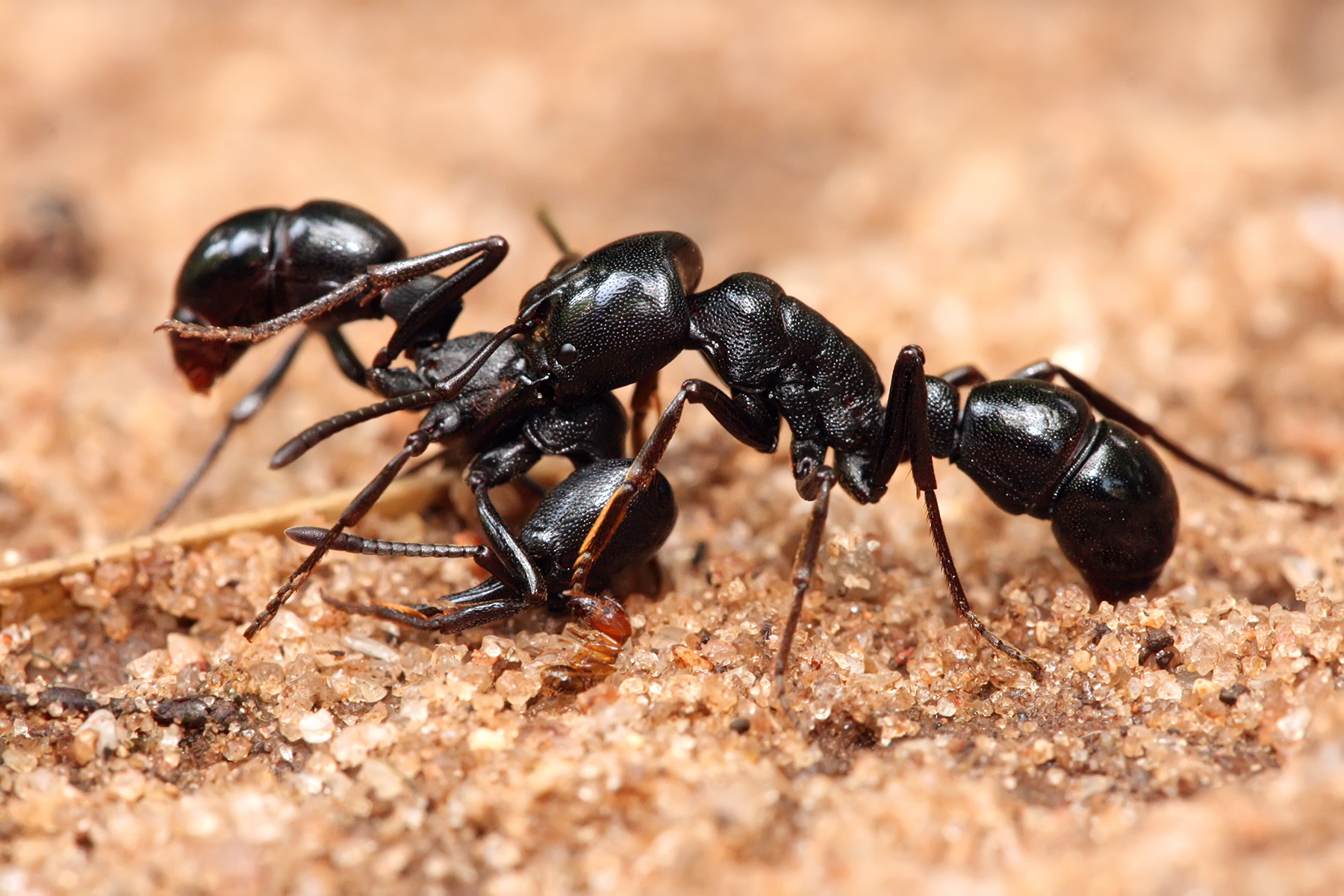
Ants are famous for their chemical trails, but they also use acoustic signals that we’ve only recently begun to understand. These tiny insects produce sounds by rubbing body parts together, creating vibrations that travel through the ground and plant structures. Different ant species have developed distinct acoustic signatures that help them coordinate complex group behaviors.
When ants discover food sources, they don’t just lay down chemical trails – they also produce specific sound patterns that indicate the quality and quantity of the food. Some ant species can even produce alarm calls that warn their colonies about specific types of threats. It’s like they’re running a sophisticated emergency broadcast system through the very ground we walk on.
Moth Navigation Through Echolocation Interference

Moths face a unique communication challenge: they need to talk to each other while avoiding being detected by echolocating bats. These nocturnal insects have evolved sophisticated acoustic strategies that allow them to communicate while staying invisible to their primary predators. Some moth species produce ultrasonic clicks that jam bat sonar, essentially creating acoustic camouflage.
Other moths have developed communication systems that operate in frequency ranges that bats can’t use effectively. It’s like they’re using encrypted radio channels that only other moths can decode. This evolutionary arms race between moths and bats has produced some of the most sophisticated acoustic communication systems in the natural world.
Grasshopper Orchestras Playing for Love
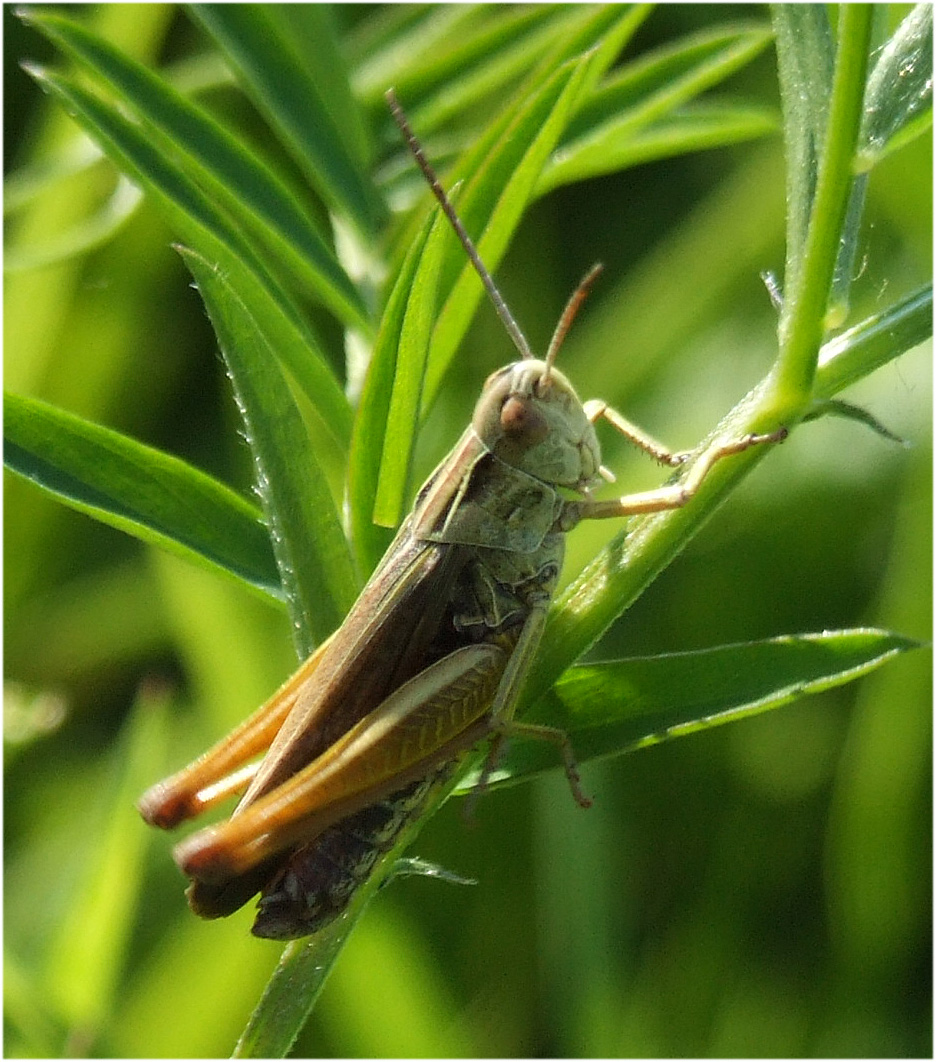
Grasshoppers are nature’s violinists, creating music by rubbing their legs against their wings or wings against each other. Each species has developed its own unique musical style, complete with specific rhythms, frequencies, and even durations. These songs aren’t just random noise – they’re carefully composed pieces that convey detailed information about the singer’s fitness and genetic quality.
Female grasshoppers are incredibly discriminating listeners, able to detect subtle variations in male songs that indicate desirable traits. They can assess a male’s size, health, and even his ability to provide resources for offspring just by listening to his performance. It’s like they’re running a sophisticated dating app using only acoustic signals.
Beetle Conversations in Dead Wood
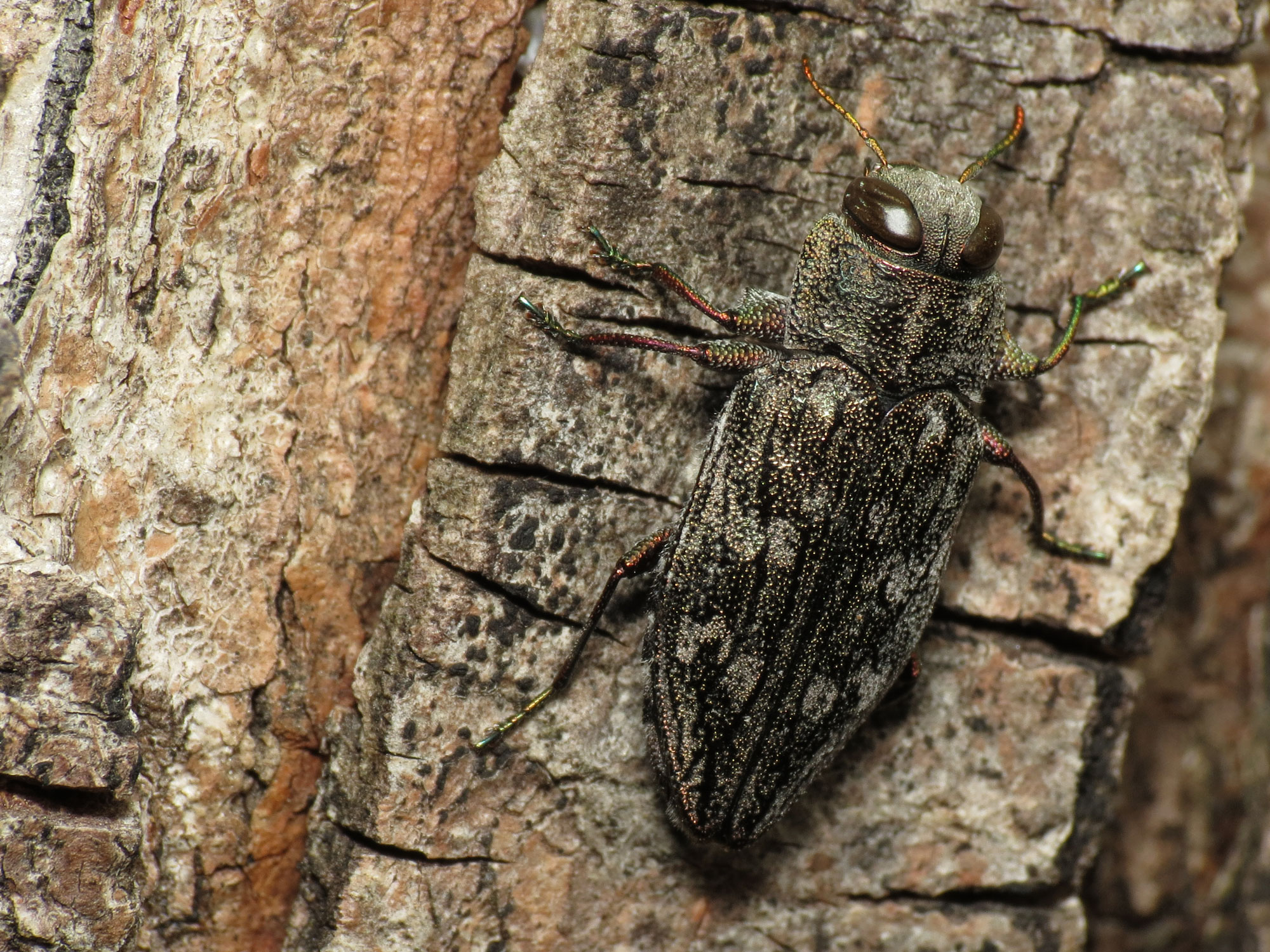
Wood-boring beetles have created one of the most unique communication systems in nature, using the very structures they inhabit as their communication medium. These insects produce sounds by drumming their heads or other body parts against wood, creating vibrations that travel through tree trunks and branches. Different drumming patterns convey different messages, from territorial claims to mating invitations.
Some beetle species have evolved to communicate through the acoustic properties of different types of wood, essentially customizing their messages based on their environment. Dead trees become like giant wooden telephone systems, carrying beetle conversations across entire forest ecosystems. It’s a communication network that we literally can’t hear because it operates through solid materials rather than air.
Fly Communication: More Than Just Buzzing

Flies might seem like simple creatures, but they’ve developed surprisingly sophisticated acoustic communication systems. Different fly species produce distinct wingbeat patterns that serve as species identification signals, mating calls, and even territorial warnings. The annoying buzz of a housefly is actually a complex acoustic signature that carries information about the fly’s age, size, and reproductive status.
Some flies have evolved to mimic the acoustic signatures of other insects, essentially creating acoustic camouflage that helps them avoid predators or gain access to resources. It’s like they’re using sound-based disguises to infiltrate other insect communities. This acoustic mimicry represents one of the most sophisticated forms of deception in the animal kingdom.
Water Striders: Surface Tension Communication
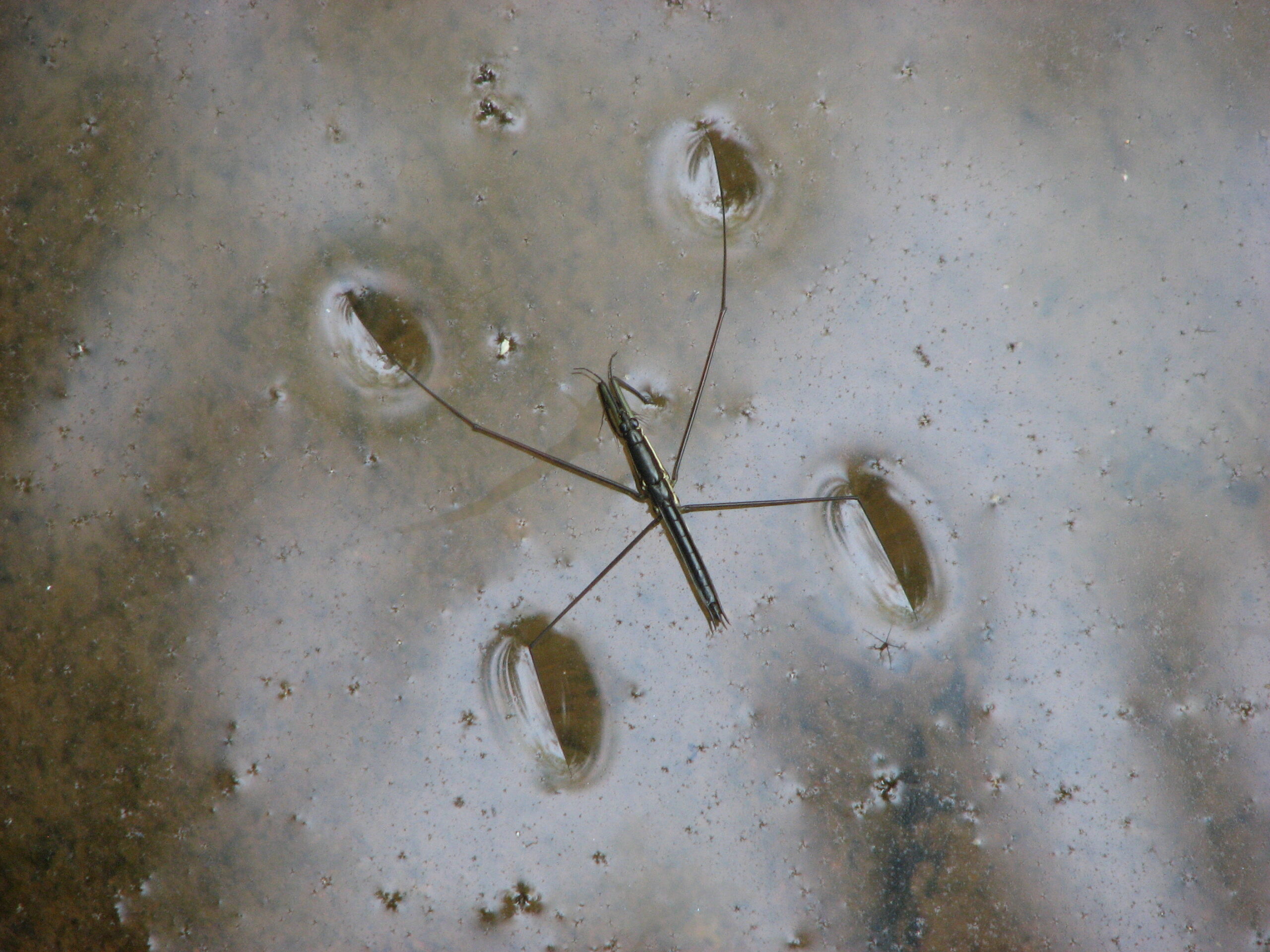
Water striders have mastered a form of communication that’s completely alien to land-dwelling creatures like us. These insects communicate through ripples and vibrations on the water surface, creating complex patterns that carry detailed information across aquatic environments. Each leg movement creates specific wave patterns that other water striders can interpret from remarkable distances.
Males produce courtship ripples that are so sophisticated they can be considered aquatic songs. These surface vibrations carry information about the male’s size, health, and genetic quality, allowing females to make informed mate choices without ever seeing their potential partners. It’s like they’re using the water surface as a giant speaker system that broadcasts acoustic information across entire ponds and streams.
The Science of Insect Acoustics

Modern technology is finally giving us the tools to eavesdrop on insect conversations, and what we’re discovering is revolutionizing our understanding of animal communication. Researchers are using high-speed cameras, ultrasonic microphones, and advanced computer analysis to decode the complex acoustic signals that insects use to navigate their world. These scientific advances are revealing communication systems that rival human language in their complexity and sophistication.
The practical applications of this research are staggering. Scientists are developing pest control methods based on disrupting insect communication, creating early warning systems for agricultural threats, and even using insect acoustic patterns to monitor ecosystem health. Understanding insect communication is opening up entirely new fields of research and technology that could transform how we interact with the natural world.
The next time you hear crickets chirping or bees buzzing, remember that you’re overhearing conversations in languages that have been perfected over millions of years. These insects aren’t just making noise – they’re sharing information, expressing emotions, and coordinating complex behaviors using communication systems that put our human languages to shame. We’ve been surrounded by sophisticated conversations our entire lives, but we’ve been too deaf to listen. What other natural mysteries are we missing simply because we haven’t learned how to tune in?

